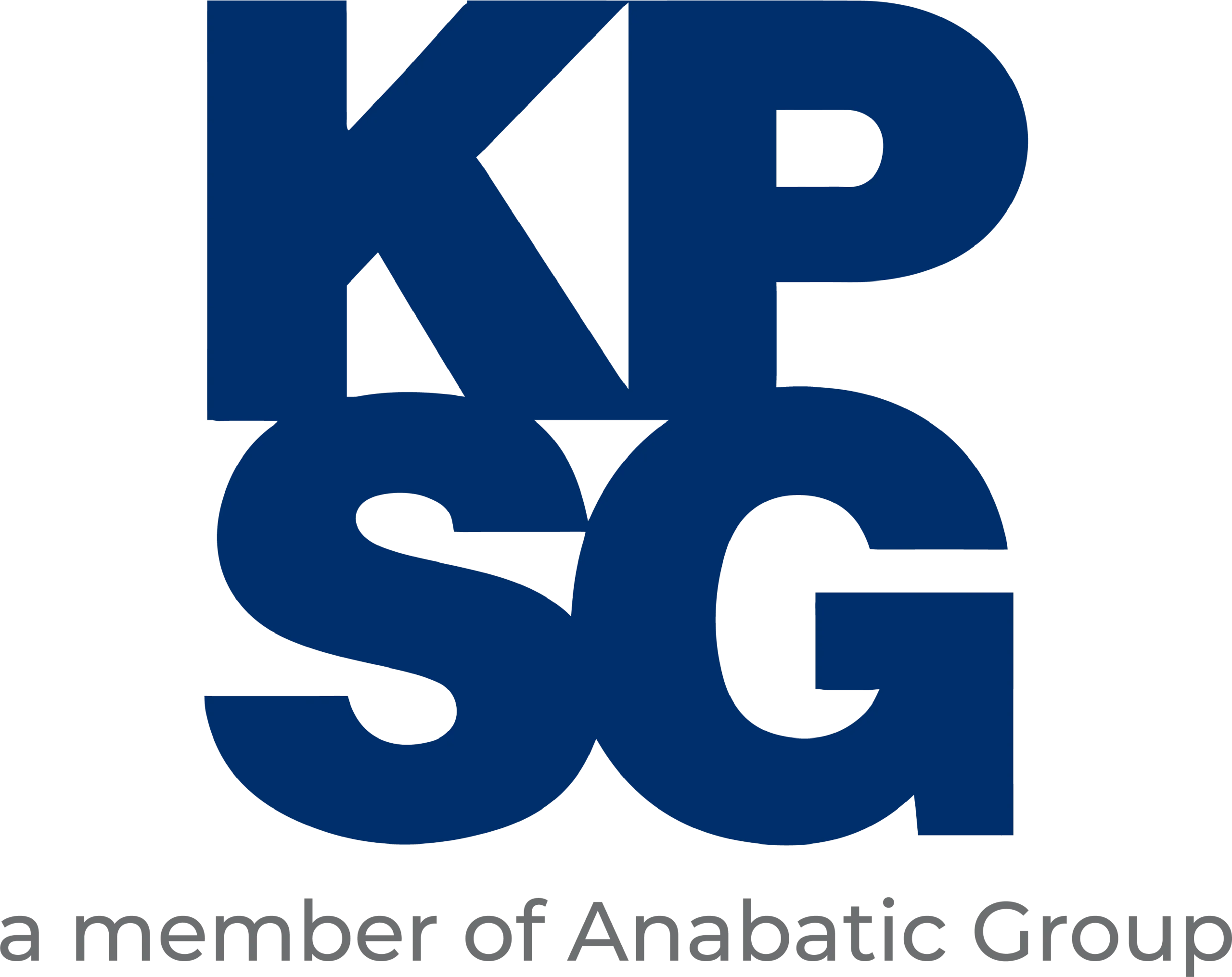Managing contact center operational costs in 2026 can no longer rely on monthly or annual planning. Customer interaction patterns now shift daily—even hour by hour—making budgeting strategies must be agile, data-driven, and ready to adapt. This article summarizes how to optimize your daily contact center budget while keeping Customer Experience (CX) at its best.
Why Daily Budgeting Matters
Operational decisions that seem minor—such as shift scheduling, channel allocation, or queue priority rules—can have a direct impact on costs. Without real-time visibility, companies tend to “overstaff” during quiet periods or “understaff” during spikes. The consequences: inflated costs, disrupted SLAs, and declining CX. That’s why having daily control over performance and spending becomes the foundation of optimization.
Common Challenges
These four issues are the most common budget drainers:
- Fluctuating call & workforce volume. Demand varies unpredictably without reliable forecasting.
- Lack of system integration. Data scattered across voice, chat, email, and social media slows down fast decision-making.
- High agent idle time. Inaccurate task assignment leaves agents waiting without productivity.
- Limited real-time visibility. Managers only notice issues after SLAs have already been breached.
Yet every daily decision—from shift scheduling to channel selection—directly impacts budget efficiency and customer experience.
Proven Daily Budget Optimization Strategies
KPSG helps companies transform contact center cost management into a dynamic, data-driven process. These three pillars serve as the main enablers:
1. Real-Time Performance Dashboard
All key metrics—cost per interaction, agent productivity, SLA/ASA, FCR, and queue levels—are available in one dashboard. Managers can adjust strategy on the fly: add short shifts, reroute traffic across channels, or trigger proactive messages during queue spikes.
2. Omnichannel Integration
Integrating voice, chat, email, social media, and WhatsApp ensures traffic is allocated to the most efficient channel based on request type and peak hours. Repetitive inquiries are routed to self-service/chatbots, while complex cases go directly to expert agents. The impact: lower AHT, reduced cost per contact, and increased satisfaction.
3. Data-Driven Decision Support
Automated recommendations help teams make quick decisions—for example, when to re-forecast workforce needs, when to increase bot capacity, or when to delay outbound campaigns to avoid clashing with inbound peak hours. This approach keeps costs controlled without sacrificing CX.
Daily Budget Optimization Checklist
- Check traffic load per channel (voice vs chat vs WhatsApp) and adjust routing.
- Monitor cost-per-contact metrics and hourly productivity heatmaps.
- Activate surge playbooks (overflow to digital channels, smart IVR, or callback).
- Review the 10 most expensive interactions to identify root causes (e.g., repetitive escalations).
- Adjust micro-shifts (split shift/part-time) based on volume predictions.
Why KPSG?
With 35+ years of experience in BPO & CXaaS, KPSG combines trained talent, information systems, and supporting technology into a strong operational solution. Your team gains the tools, insights, and best practices needed to ensure every rupiah delivers maximum results—without compromising CX.
Need a structured framework? KPSG is ready to help design a daily budget optimization model tailored to your industry and CX goals. Start optimizing your budget today!
Contact KPSG for a demo of our analytics and omnichannel solutions to make your 2026 contact center more efficient, agile, and outcome-focused.

